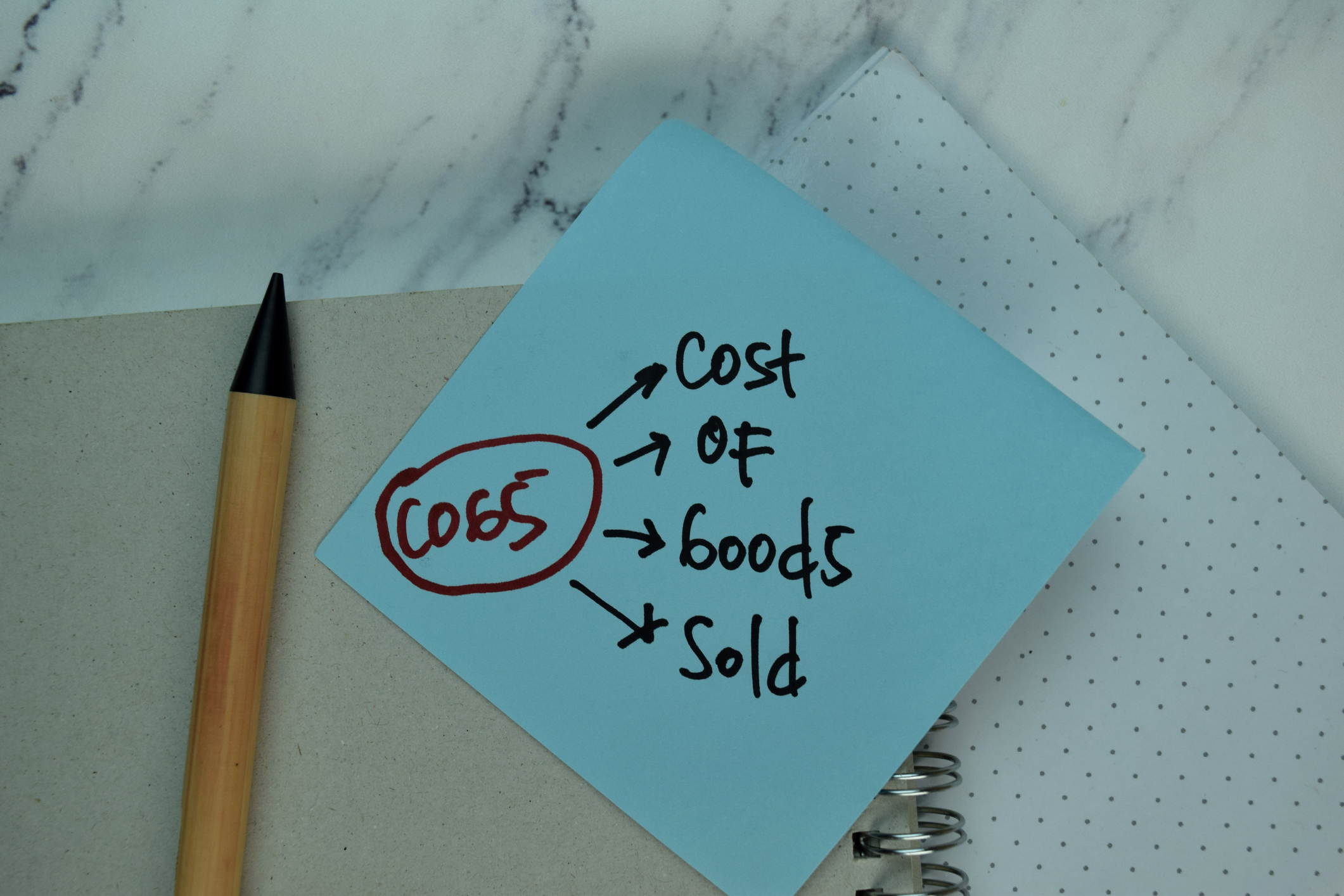The cumulative cost of selling a particular product is the Cost of Goods Sold (COGS). This varies from product to product and increases with factors such as the complexity of the manufacturing process or the cost of raw materials. The volume of the product manufactured may also directly impact the overall Cost of Goods Sold. As a business owner, it is imperative that you know and understand COGS for your particular business so that you can keep your inventory and financial books under control.
COGS is important because it is necessary to refer to when filing your tax returns. Being as accurate as possible on your taxes is very important. Adding it to the equation will reduce your total income, giving you a particular advantage. Unfortunately, calculating this cost of goods sold is not as simple as it sounds. Getting it right is crucial to getting your taxes right.
How Can You Calculate the Cost of Goods Sold?
Naturally, calculating the Cost of Goods Sold varies from product to product. There are many factors to consider. However, to simplify the explanation, let us look at an example of one product and see how it is done. Remember, this explanation exists for the sake of understanding. It is in your business’s best interest to work with a CPA or a tax professional to accurately calculate the cost of your business income tax returns.
The first things you must have are the starting and inventory amounts and the cost of all inventory purchased that year. There are a few different evaluation methods. Talk to your CPA to determine which one they recommend using. This will give you a better idea of the components you need for the calculation.
What Are the Essential Components for the Calculation of the Cost of Goods Sold
The first step is to identify and analyze the following components:
- Cost of inventory at the beginning of the year
- Cost of the inventory purchased during the year
- Inventory left at the end of the year
The sum of the first two components minus the last component will determine the Cost of Goods. It does not matter if you are a manufacturer or reseller; this calculation will help you deduce the direct and indirect cost of goods sold.
Direct and Indirect Costs – Direct and indirect costs are calculated in the next step. The direct costs include:
- The cost of raw material
- Cost of merchandise
- Packaging costs
- Cost of supplies for production
- Direct overhead costs are involved in the production
The indirect costs include labor costs, storage costs, salaries, equipment costs, and the cost of depreciation. Facility costs include mortgage, rent, utilities, etc. This is perhaps the most complicated part of the entire process. It is nearly impossible for any business to determine these costs without the help of a CPA.
 The LIFO and FIFO Methods
The LIFO and FIFO Methods
LIFO and FIFO are ways to calculate the inventory left at the year’s end. The IRS is very critical of the valuation method you use. If you decide to use a different valuation method than the previous year, you must seek the IRS’s approval.
Different COGS calculation forms are used for different types of businesses. For instance, sole proprietors use Part III for calculation and include the cost of income in Part I. Corporations or partnerships use Form 1125A. This process may be complicated and best left to professional CPAs.
Conclusion
In conclusion, comprehending and precisely calculating the Cost of Goods Sold (COGS) is a crucial responsibility for business owners, serving as a measure of cumulative selling costs and a cornerstone in tax filings. This involves analyzing components such as beginning inventory, purchases, and year-end inventory, shedding light on direct and indirect expenses like raw materials, labor, and overheads.
Furthermore, the choice between LIFO and FIFO methods for inventory valuation adds complexity, necessitating consistency or formal IRS approval for method changes. Given these intricacies, seeking guidance from certified public accountants (CPAs) or tax professionals is prudent to ensure accurate COGS determination and compliance with IRS regulations, ultimately aiding in financial decision-making and regulatory adherence, thus fostering the overall fiscal health of a business.
 About Complete Controller® – America’s Bookkeeping Experts Complete Controller is the Nation’s Leader in virtual bookkeeping, providing service to businesses and households alike. Utilizing Complete Controller’s technology, clients gain access to a cloud platform where their QuickBooks™️ file, critical financial documents, and back-office tools are hosted in an efficient SSO environment. Complete Controller’s team of certified US-based accounting professionals provide bookkeeping, record storage, performance reporting, and controller services including training, cash-flow management, budgeting and forecasting, process and controls advisement, and bill-pay. With flat-rate service plans, Complete Controller is the most cost-effective expert accounting solution for business, family-office, trusts, and households of any size or complexity.
About Complete Controller® – America’s Bookkeeping Experts Complete Controller is the Nation’s Leader in virtual bookkeeping, providing service to businesses and households alike. Utilizing Complete Controller’s technology, clients gain access to a cloud platform where their QuickBooks™️ file, critical financial documents, and back-office tools are hosted in an efficient SSO environment. Complete Controller’s team of certified US-based accounting professionals provide bookkeeping, record storage, performance reporting, and controller services including training, cash-flow management, budgeting and forecasting, process and controls advisement, and bill-pay. With flat-rate service plans, Complete Controller is the most cost-effective expert accounting solution for business, family-office, trusts, and households of any size or complexity.



